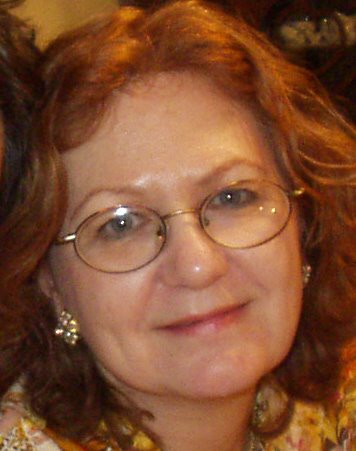When Is a Chestnut Not a Chestnut?
 I took a walk the other day through the Armory on my way to STCC's Technology Park. This pleasant shortcut is possible since the Armory's new Superintendent, Michael Quijano, made good his promise to re-open the bottom pedestrian gate of the grounds. The big wide Federal Street and Spring Street gates at the top of the hill are convenient for vehicles trying to access the upper complex of buildings, which is now home to Springfield Technical Community College. But for neighborhood residents, it's the little gate at the bottom of the hill which is important.
I took a walk the other day through the Armory on my way to STCC's Technology Park. This pleasant shortcut is possible since the Armory's new Superintendent, Michael Quijano, made good his promise to re-open the bottom pedestrian gate of the grounds. The big wide Federal Street and Spring Street gates at the top of the hill are convenient for vehicles trying to access the upper complex of buildings, which is now home to Springfield Technical Community College. But for neighborhood residents, it's the little gate at the bottom of the hill which is important. This gate opens onto Byers Street, a residential block, with Spring and Salem and Pearl and Eliott and Mattoon Streets--all residential as well--below it. The lower end of the Armory complex is still federal property, park-like and quiet. It has rolling lawns, huge old trees, mostly uninhabited buildings, and winding lanes with virtually no traffic. People that actually live in the neighborhood now have access to a safe, enclosed space for walking, reading, playing frisbee, or exercising a dog.
One of the things I saw on my walk was a chestnut tree. The nuts were scattered on the ground underneath, sleek and shiny. So smooth and lovely, it was impossible to resist picking up a few. I put them in my pocket, and later on popped them in the oven along with the casserole I was baking.
The macaroni and cheese was delicious. The chestnuts were horrible! Well, I should have known better. This was no amazingly hardy tree which had somehow survived the chestnut blight of a century ago. A quick check of my tree guide revealed it to be an Aesculus hippocastanum--common horse-chestnut. A.k.a. buckeye. Not to be confused with true chestnuts, Castanea, Fagaceae.
A liquid made from horse-chestnuts peeled, dried, ground, steeped in water, stirred, allowed to settle, and strained, can be used for whitening cloth, or for dying linen a pale blue color. The nuts are also used in the British Isles to play a game called conkers. A substance called aesculin, extracted from horse chestnuts, has numerous medicinal uses. Last, but for me by no means least, it fluoresces!
I haven't got any linen to dye, nor three weeks' time to devote to dying it. I'm not about to drill holes in my rock-hard conkers just to swing them at other people's. And I'm not too sure how to get the aesculin out of the aesculus hippocastanum. I had to just throw the poisonous "chestnuts" away.
Labels: Armory, chestnut, food, neighborhood, Springfield


0 Comments:
Post a Comment
<< Home